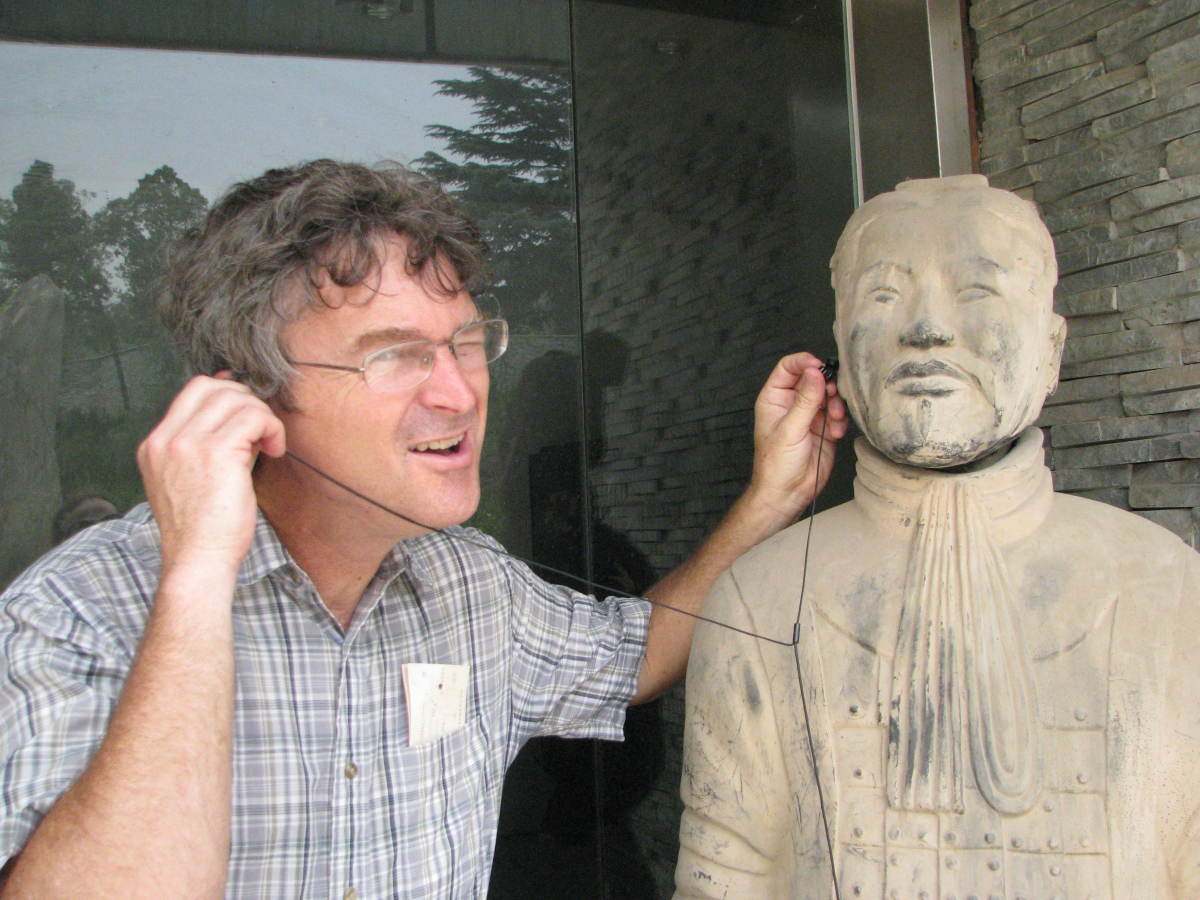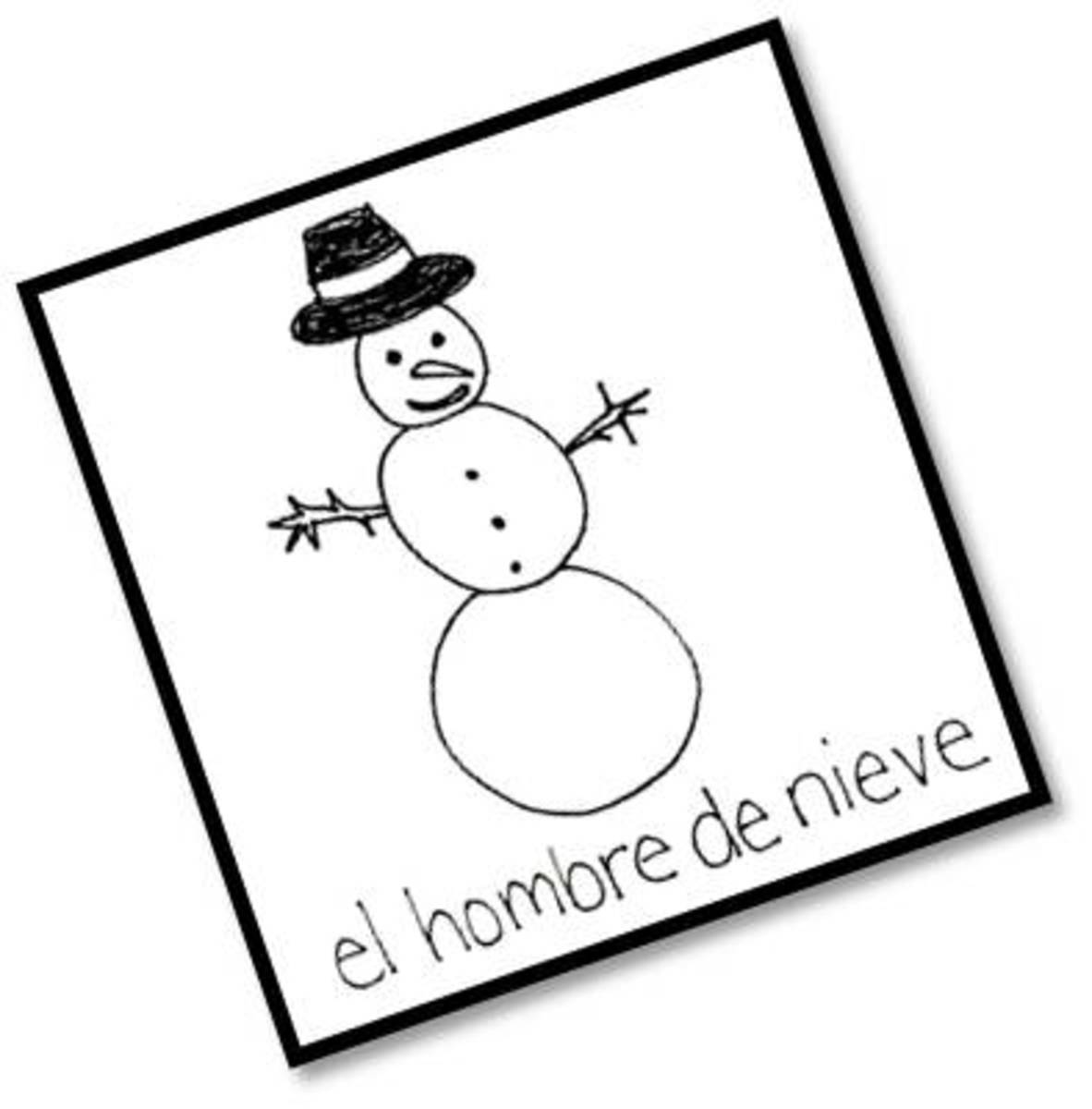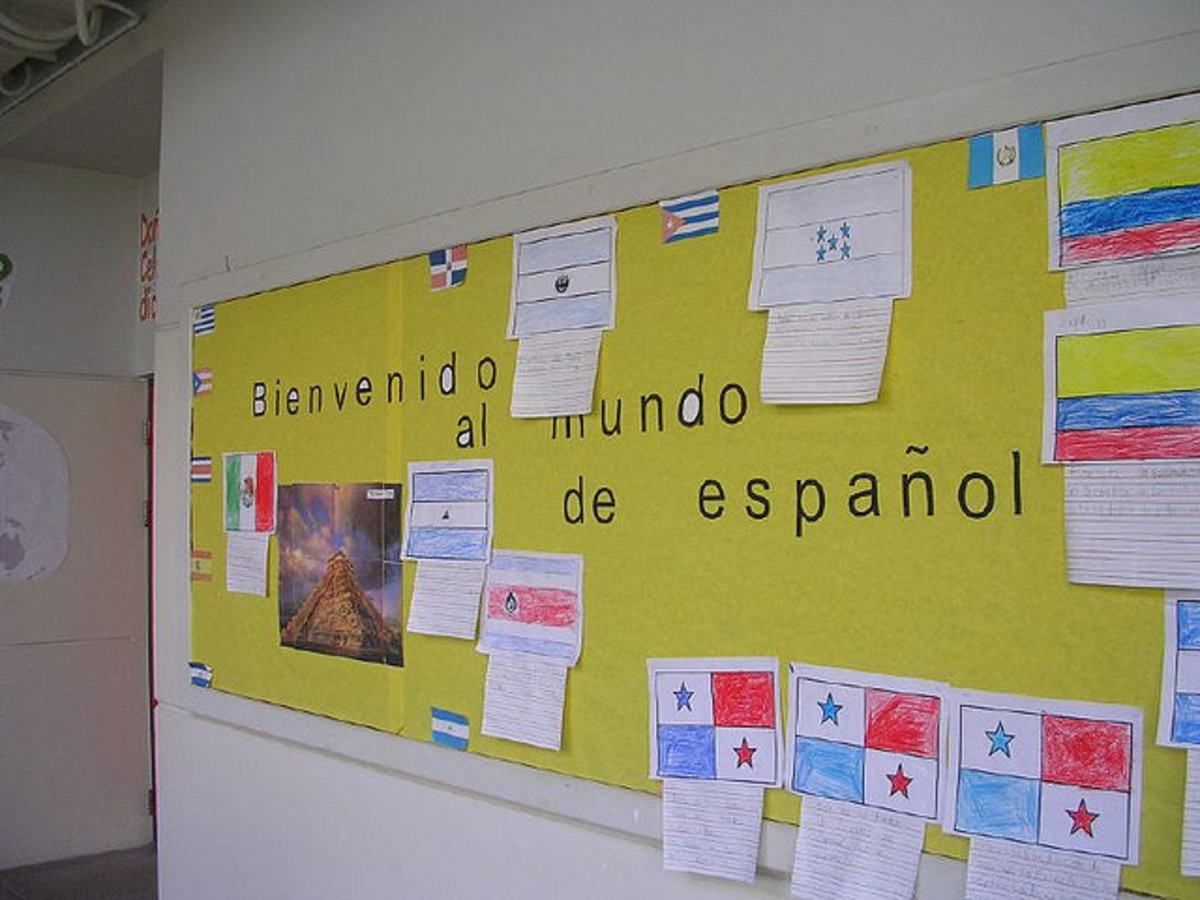Spanish Lesson Twenty: The Preterit

I hope you're excited for this week's lesson. :). I hope everyone has enjoyed their week and that it was awesome. The weekend is here and now it's to rest and get recharged for next week. This week our Spanish grows even further by discussing The Preterit, one of two ways to speak in the past tense.
Remember, these lessons are designed for you to be able to go at your own pace and learn Spanish "A Little At A Time". For those of you stumbling upon this for the first time, welcome. For those of you returning, Welcome back. I recommend that everyone go back to previous lessons and review them occasionally to help the information penetrate successfully. The link to those lessons is provided below, after the explanation of this week's lesson.
Last week we discussed Indirect Object Pronouns. If you'd like to review that lesson before going on click--->here. In today's lesson we will be discussing The Preterit.

Today's Vocabulary
Today's vocabulary will consist of a hodgepodge of words that may or not be useful to you in this lesson. Today's lesson will focus on The Preterit! Yay! The Preterit is one of two ways to discuss situations in the past. This is one that affects the recent past. The Imperfect will be discussed around lesson twenty-five or twenty-six. It's got certain speculations just like The Preterit.
After today's vocabulary list and the warm-up, take a glance at the chart below. It will be your new set of conjugation notes. Those will specifically show how to conjugate in the Preterit.
Verbs
To Heave/To Lift: Alzar
To Love: Amar
To Add: Añadir
To Walk: Andar
To Announce: Anunciar
To Extinguish: Apagar
To Appear/To Show Up: Aparacer
To Applaud: Aplaudir
To Appreciate: Apreciar
To learn: Aprender
To Approve: Aprobar
To Fix/To Arrange: Arreglar
To Fling/To Hurl/To Throw: Arrojar
To Articulate: Articular
To Assure: Asegurar
Nouns
Tree: El Arból
Grass: La Cespéd
Flower: La Flor
Tree Root: La Raíz
Wind: El Viento
Rain: La lluvia
Sky: El Cielo
Adjectives
Slow: Lento(a)
Fast: Rápido(a)
Steady: Fijo(a)
Vapid: Soso(a)
Hazy (as in memory): Vago(a)

Warm-Up
Today's Warm-Up is important. Take a look at that the chart below. With it, you will be able to learn new conjugations for the Preterit. It's really easy to read and will make even more sense once we get into the lesson.
Also consider other ways to incorporate Spanish into your daily lives. Take a moment to review some previous lessons or read up on some articles. The Spanish language is a living language, so it's not going anywhere anytime soon. If you need any help, shoot me an email. I'll be happy to help you.
Subject
| -AR Verb Ending
| -Er/Ir Verb Ending
|
|---|---|---|
Yo
| É
| Í
|
Tú
| Aste
| Iste
|
Él/Ella/Usted
| Ó
| Ío
|
Nosotros
| Amos
| Imos
|
Ellos/Ellas/Ustedes
| Aron
| Ieron
|
The Preterite Vs. The Imperfect
The Preterit and Imperfect are two ways to discuss actions that have taken place in the past. There is really only one true difference between the two. The Preterit is used to discuss actions that have taken place in the past and are considered to have been completed at that time. The Imperfect, however, discusses actions that are not yet completed. I know that sounds kinda funny, but the two are used in different ways are even conjugated differently. Each of them are a part of the Seven Simple Tenses of Spanish. Here's something you might have noticed. There are Fourteen tenses in Spanish, Seven Singular and Seven Plural. We've already discussed three of the Singular tenses. I think of it as awesome progress. So The Imperfect will come a little later, for now, let's focus on the Preterit.
Using The Preterite
Like I mentioned beforehand, think of the preterit as a way to discuss things that have happened in the nearest past. That means things that happened a week ago, a month a go, five seconds ago. The Imperfect is great for telling stories about things in the past and what you use to do. The preterit is perfect for saying what you actually did (and completed) in the past. It's really simple to do really. Take a look at these samples.
Comí la sopa ayer. I ate the soup yesterday. See that's pretty simple right? It was completed by you.
As long as you conjugate the verb correctly, you can indicate that the action took place and was completed in the past. You can add a time to your sentences to be more specific. Use Ayer, Anoche, La Semana pasada (the week passed), Después de (add action).
Después de salir, miré la tele. Before leaving, I watched the television.
Now I'm running out of examples because guess what, a great deal of Essential Verbs are irregular in the Preterit. Read the section below to get a better understanding.
Irregular Verbs In The Preterit
The Preterit is a fun tense to use and pretty easy. However, the most difficulty comes from using Essential and Irregular verbs in the preterit. You need to have them memorized if you truly take your Spanish seriously. Below is a list of irregular verbs and the new form of the words. They won't have their endings (that's for your to put in when conjugation). Let's call them prefixes. Here take a look.
Verb
| Meaning
| New Prefix
|
|---|---|---|
Andar
| "To Walk"
| Anduv
|
Conducir
| "To Drive"
| Conduj*
|
Decir
| "To Say/To Tell"
| Dij*
|
Estar
| "To Be"
| Estuv
|
Hacer
| "To Do/To Make"
| Hic*
|
Poner
| "To Put/To Place"
| Pus
|
Poder
| "To Be Able To/Can"
| Pud
|
Querer
| "To Want"
| Quis
|
Saber
| "To Know"
| Sup
|
Tener
| "To Have"
| Tuv
|
Traer
| "To Bring"
| Traj*
|
Venir
| "To Come"
| Vin
|
Subject
| Dar
| Ir/Ser
| Ver
|
|---|---|---|---|
Yo
| Dije
| Fui
| Vi
|
Tú
| Diste
| Fuiste
| Viste
|
É/Ella/Usted
| Dijo
| Fue
| Vio
|
Nosotros
| Dimos
| Fuimos
| Vimos
|
Ellos/Ellas/Ustedes
| Dijeron
| Fueron
| Vieron
|
Other Notes
Here's a list of things that need to be brought to your attention. Let's start with those with asteriks next to them
- Conducir in the Ellos/Ellas/Ustedes form is Condjeron- The i is taken out
- Decir, same things as Conducir, no i in the Ellos/Ellas/Ustedes form.
- Instead of "Hiso" in the Él/Ella/Usted form of Hacer, it's "Hizo". The s turns into z.
- Traer, the same as conducir and decir, no i in the Ellos/Ellas/Ustedes form.
- Dar, Ir, Ser, and Ver do not wear any accent marks because they have three letters or less.
- Ser and Ir have the same EXACT conjugation. You can determine the meaning in each sentence depending on what you're talking about. Location: Ir, Things going on: Ser.

Homework
Your homework for today is to view a video based off of Lesson Eighteen. Take a look at it! Senorbelles is my favorite Spanish teacher online and he has a great deal of clarity when discussing a certain topic. Listen closely to his tips.
Also in the coming lessons we'll be discussing a great deal more about grammar and visiting other themed topics in Spanish. Stick around for that. :) Here are some lessons that will be coming soon:
- What Should You Do?
- What Do You Want To Be When You Grow Up?
- What Do You Like And Dislike?
- What Kind of Person Are You?
Next week, let's talk about travel in the present and in the past!!
Links Used As References
- Spanish Preterite
Spanish grammar discussion: preterite tense. - Using the Spanish Preterite for Repeated Occurrences and Emotional States
It is almost a rule of thumb that the imperfect tense, rather than the preterite tense, is used to discuss repeated or habitual events in the past, or emotional states. However, there are exceptions. - Irregular Preterite forms in Spanish








